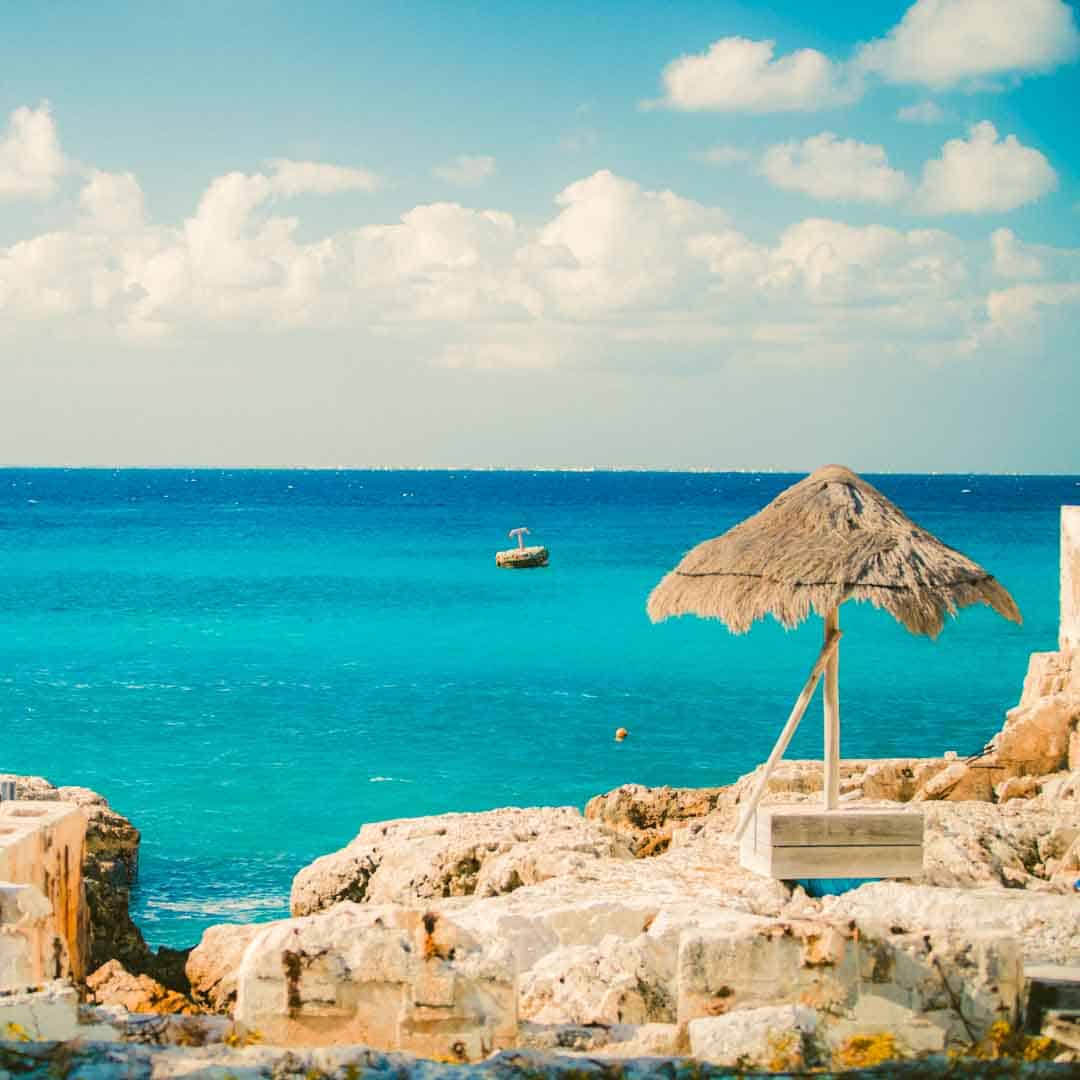Snorkeling is a great way to experience the wonderful underwater world of Cozumel. With amazing Cozumel snorkeling sites, it’s one of the most popular things to do in Cozumel. There are also other great reasons why you should take this opportunity while you’re there. It’s an activity that doesn’t need much experience, so it’s perfect for first-time snorkelers. You don’t even need any special equipment to go snorkeling either. This means that you can go anywhere in Cozumel and see there are awesome Cozumel snorkeling spots nearby.
Snorkeling is not only about looking at pretty fish and plants, but also about being outside and breathing fresh air on the blue waters of the Caribbean Sea! Aside from that, it’s a low-impact activity which helps preserve our marine ecosystems and reduces human impact on them. It’s also a great way to spend some time with family and friends if you have them along for your trip to Cozumel. Here we’ll discuss everything you need to know before heading out to try Cozumel snorkeling
BEST SNORKELING IN COZUMEL IN 2022
ALL THE BEST COZUMEL SNORKELING SPOTS THAT WE TRIED
DZUL-HA
DIFFICULTY
Beginner
DEPTH
Less than 15 feet (5 meters)
VISIBILITY
Up to 15 feet (5 meters)
ACCESSIBILITY
Shore entry
NOTABLE SEALIFE
Spiny lobster, huge green moray eels, parrot fish
RENOWNED FOR
Pristine white sandy bottom snorkel spots
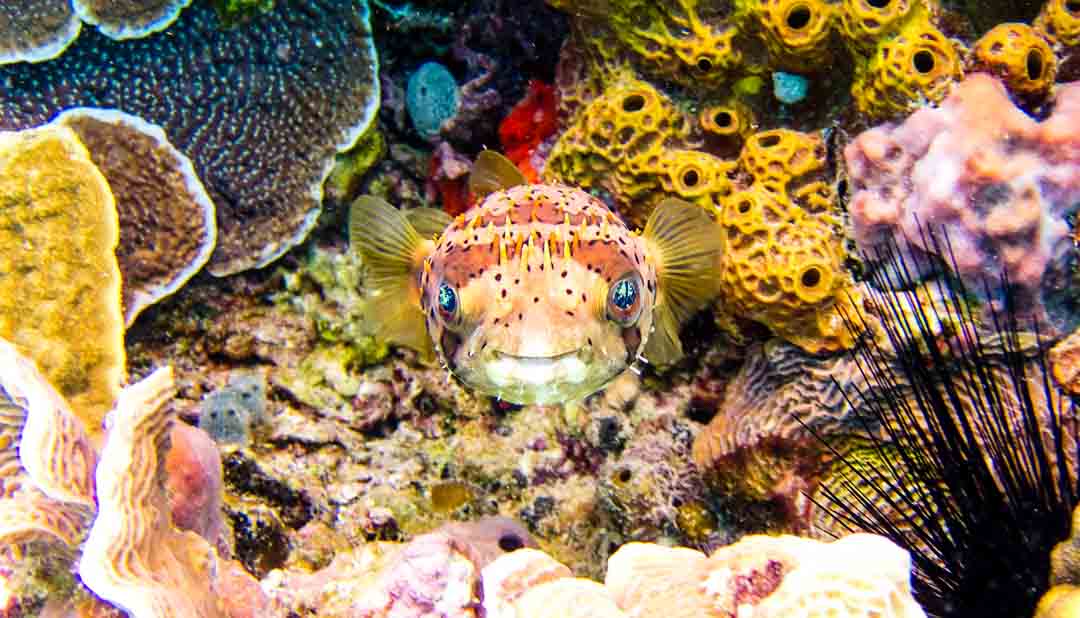
A very accessible Cozumel snorkeling site and one of the most popular is Dzul-Ha. Easily accessible from shore, this well-rounded site showcases most of the underwater attractions of the island while being easily accessible from shore and being conveniently located very close to town.
The beach also has a pool, as well as other amenities and rentals, making it a perfect place for the whole family. In the water, you can get a taste of what the rest of Cozumel has to offer: coral heads, white, sandy bottoms, interesting critters, and clear blue waters.
We recommend bringing your own gear since this site can be quite busy at times and the rental shacks on the beach sometimes run out of sizes. After snorkeling, don’t go home hungry, be sure to enjoy the delicious coastal fare at the restaurant right next to the beach.
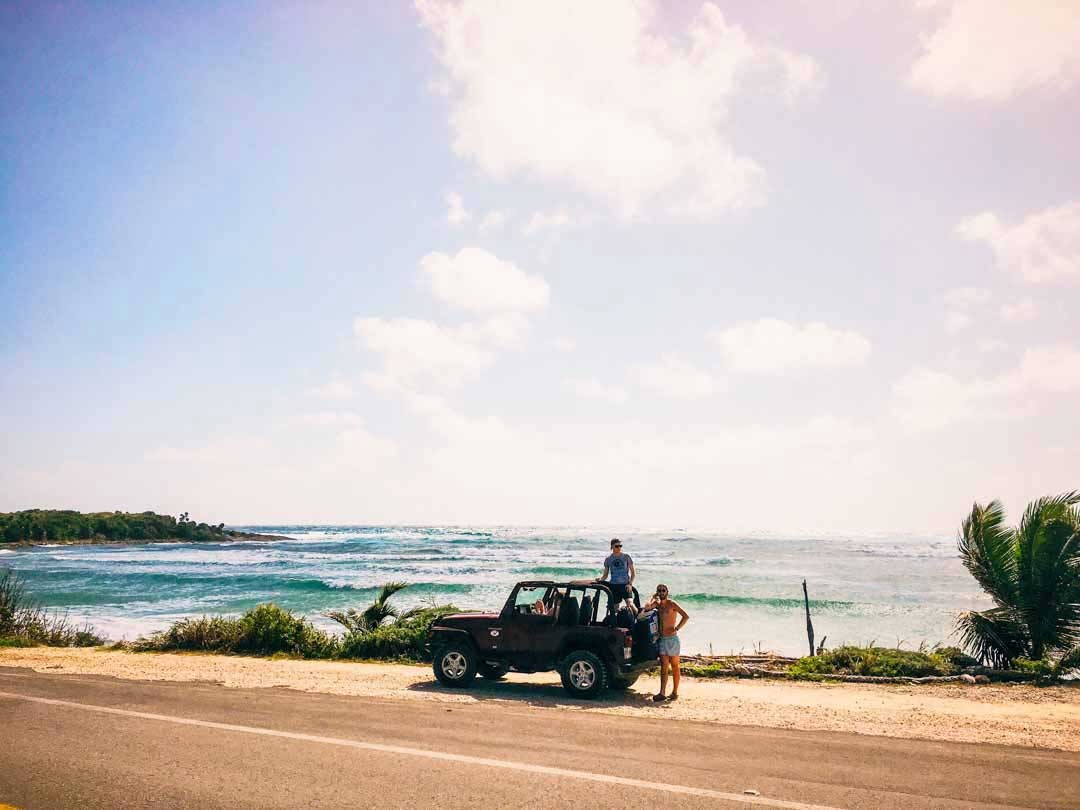
PALANCAR GARDENS REEF
DIFFICULTY
Intermediate
DEPTH
60 feet (18 meters)
VISIBILITY
Up to 150 feet (45 meters)
ACCESSIBILITY
Boat operator
NOTABLE SEALIFE
Basket sponges, gorgonian, green turtles
RENOWNED FOR
Mild currents, coral formations, cliffs, spires
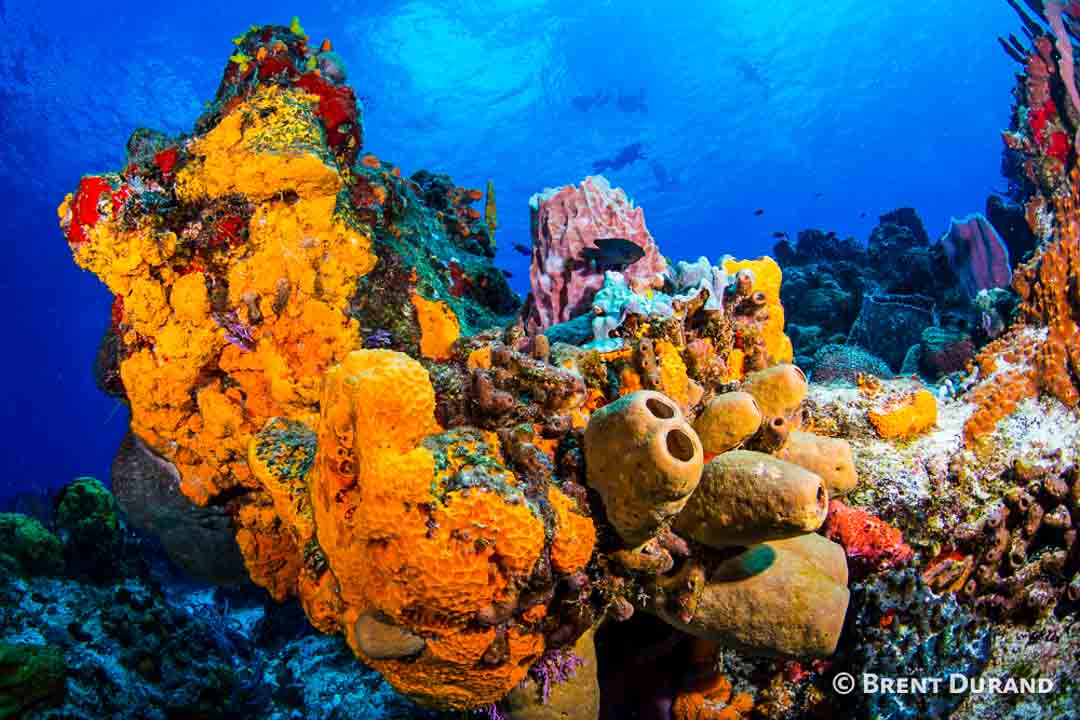
Palancar, along with Santa Rosa, are probably the signature reefs in Cozumel, and for good reason. After dropping over a sandy bottom and swimming a couple of feet away from the shore, you begin to understand what all the fuss is about as the interesting cliff and spire-like structures start appearing before your eyes. Palancar reef includes a few different areas within the same reef, but the gardens are probably the best option for snorkeling due to their moderate depth, high visibility, and beautiful formations.
Although Palancar usually has less fish life than other sites on the island, the enormous corals covering the rocky formations make up for it by offering some of the best underwater landscapes in the Marine Park. Huge gorgonians, fans, and sponges combined with the one-of-a-kind formations of the site create a dramatic underwater landscape that you will never forget.
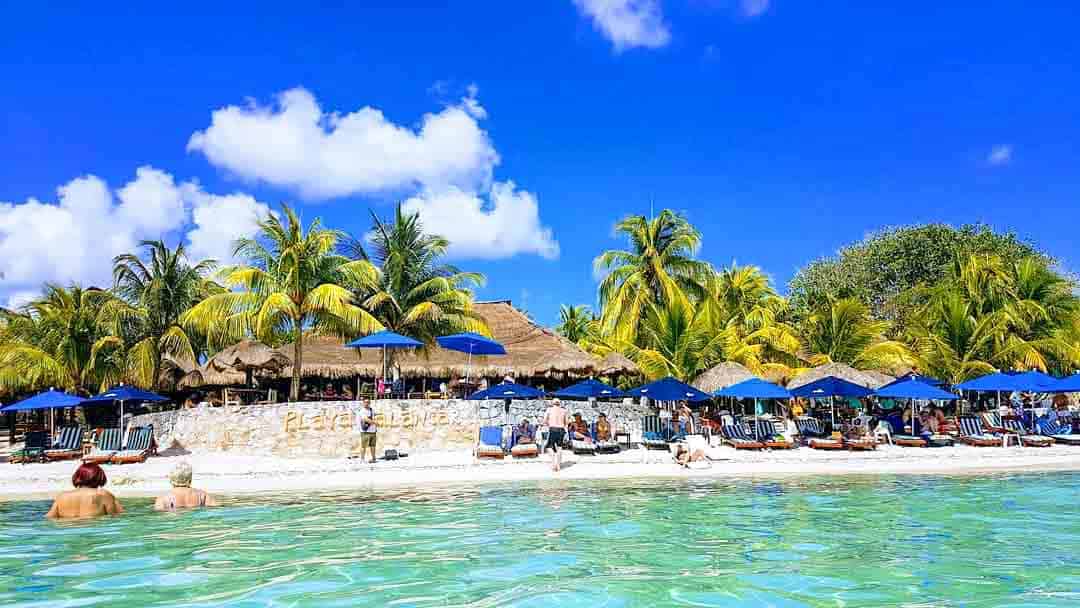
PLAYA EL CIELO
DIFFICULTY
Beginner
DEPTH
30 feet (9 meters)
VISIBILITY
150 feet (46 meters)
ACCESSIBILITY
Boat operator
NOTABLE SEALIFE
The famous starfish, stingrays, hermit crabs
RENOWNED FOR
Unreal sandbar stretches
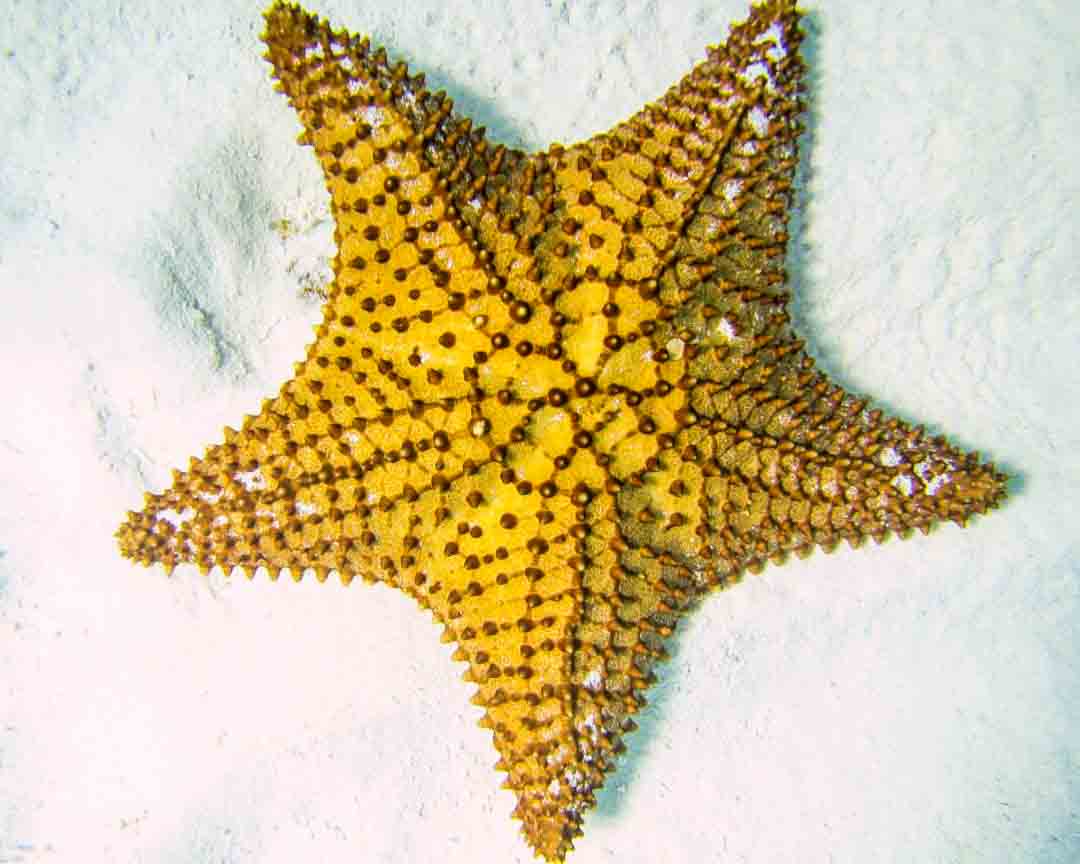
The underwater version of a starry night. The focus point of Playa El Cielo is, without a doubt, the starfish. This sandbar at the southernmost tip of the island is easily accessible by boat and many operators take tours to the site from the ferry terminal in San Miguel de Cozumel, which makes it a very convenient site. The sandy bottom is spotted with hundreds of starfish, which, along with the shallow depth and light create a picture-perfect Cozumel snorkeling landscape. This site’s accessibility and level make it perfect for the whole family.
The huge sandy bottom stretches for hundreds of feet and slopes very gently, which gives the site a relatively shallow profile throughout. Be sure to look out for stingrays and other animals that like to hang out in the sand. After snorkeling, your boat can take you to the nearby Punta Sur beach, where you can lay on the beach for a while, drink some refreshments or order some great local fare from one of the many restaurants.
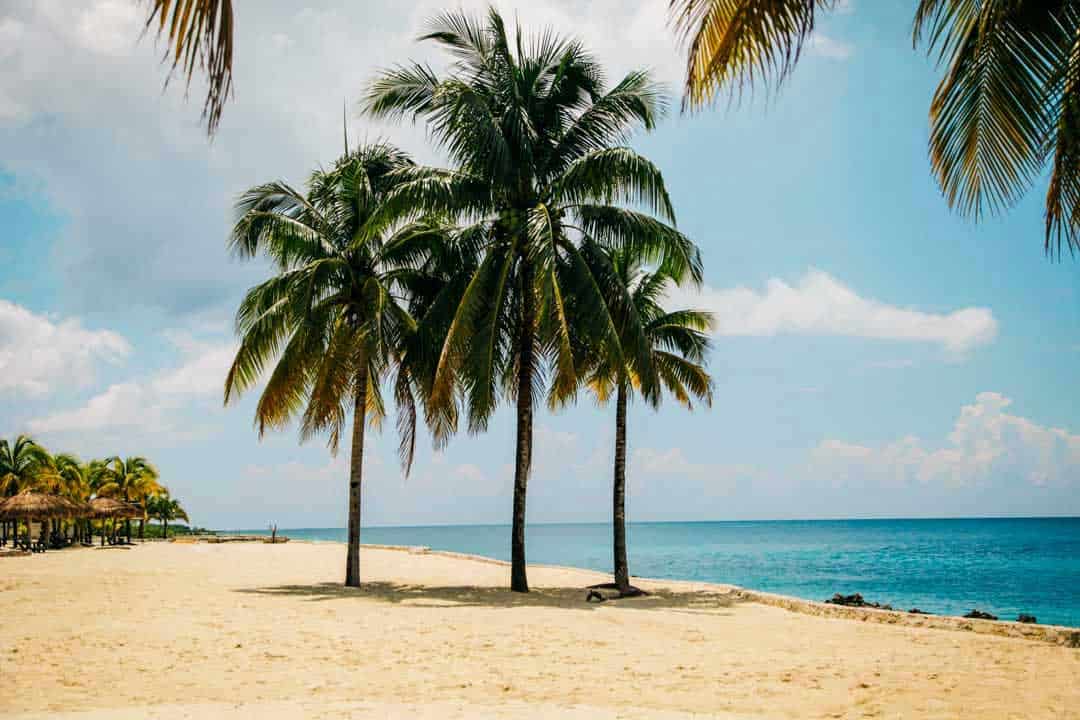
PARAÍSO REEF
DIFFICULTY
Intermediate-Advanced
DEPTH
60 feet (18 meters)
VISIBILITY
150 feet (46 meters)
ACCESSIBILITY
Boat operator, shore entry possible
NOTABLE SEALIFE
Sponges, splendid toadfish, queen angelfish
RENOWNED FOR
Large coral heads, can be combined with sandy bottom
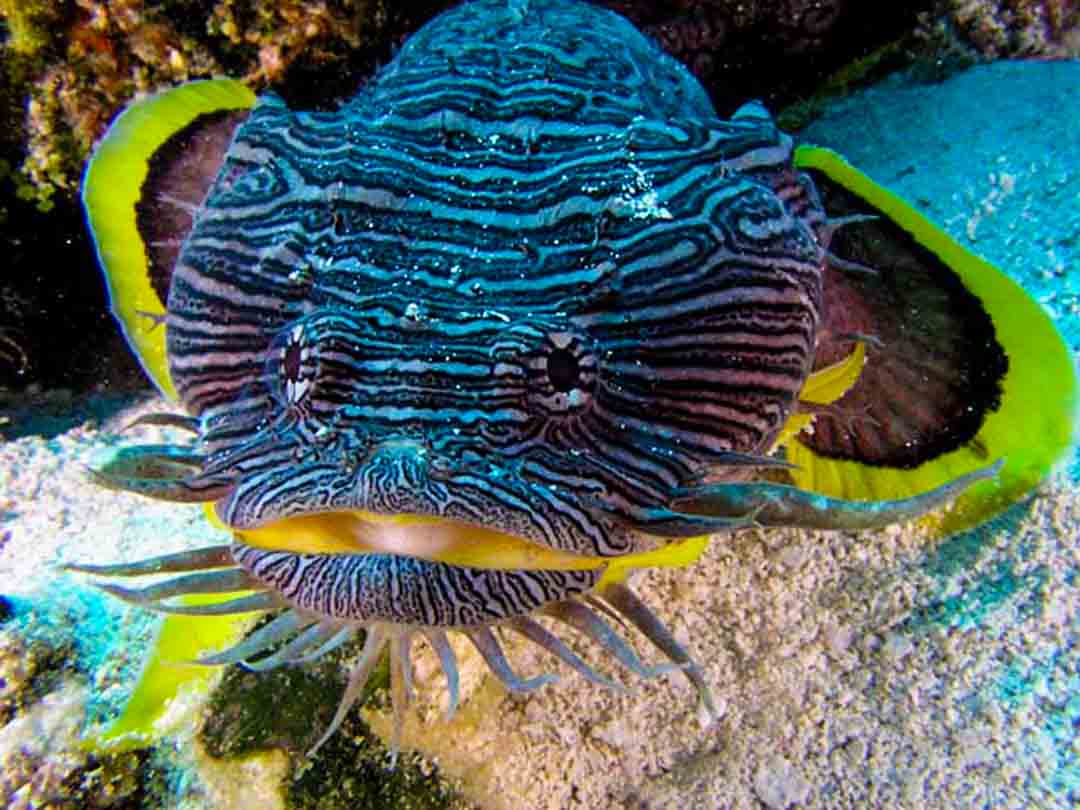
Accessible by boat or, in certain circumstances, even by shore Paraíso is the first reef in the Marine Park and features everything a snorkeler expects to find in Cozumel: impressive coral heads, all sorts of strange critters hiding on the sandy bottom, and schooling fish.
Two coral ridges parallel to the shore, combined with the mild currents, make this site especially appealing for schooling fish, making it one of the best places to find schools of barracuda, grouper and queen angelfish. From the boat, the site is easily accessible, and the current is mild, but snorkelers need to be careful not to drift away since the reef lies quite close to the cruise ship terminal, so choosing a knowledgeable guide is extremely advisable.
The more adventurous can try reaching this site from shore, which adds an interesting span of the sandy bottom where you can find scorpionfish, flounder and stingrays, but keep in mind that to swim back to shore, you’ll have to go against the current, so a certain level of fitness is required.
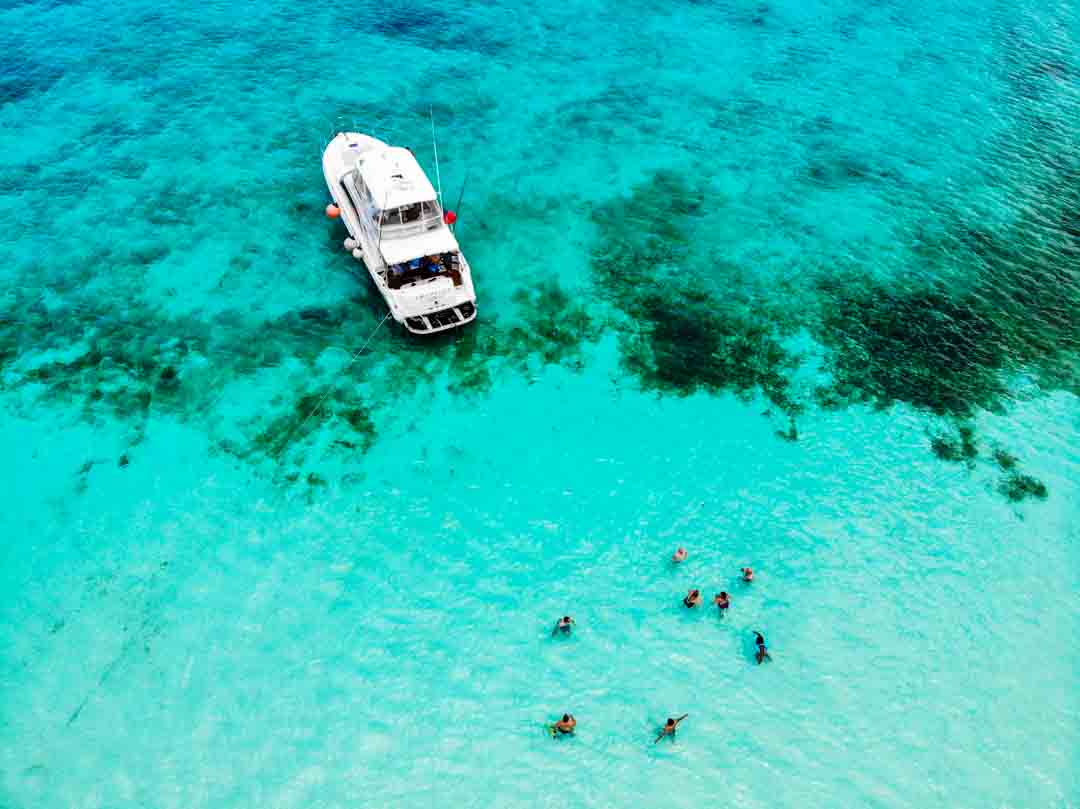
COLUMBIA REEF
DIFFICULTY
Beginner
DEPTH
20 feet (6 meters)
VISIBILITY
90 feet (27 meters)
ACCESSIBILITY
Boat operator
NOTABLE SEALIFE
Lettuce corals, barracuda, hawksbill turtles
RENOWNED FOR
Sheltered, bay-like area
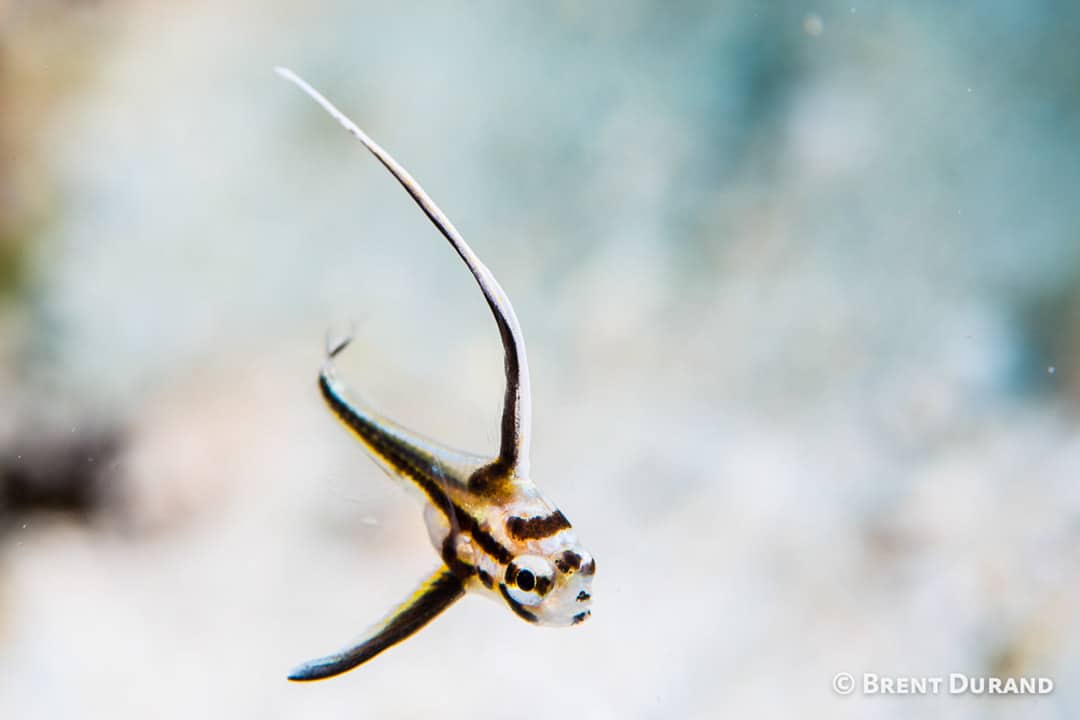
A little further south than most other reefs, Columbia Shallows´ relative distance from the main landings is what gives this site its charm. Here, most fish and turtles remain relatively undisturbed due to the lack of operators coming all the way down here and staying in shallow reefs closer to San Miguel de Cozumel, in the center of the island.
The sandy bottom is dotted with huge coral heads that rise up to 30ft over the ocean floor, this not only makes for an incredible sight but also makes this site incredibly interesting and diverse. Unlike other sites in Cozumel, visibility is not as great due to a freshwater lagoon nearby, but this is also one of the reasons why the shallows are teeming with life.
Another highlight of this Cozumel snorkeling site is its amount of lettuce corals, some of which covering entire heads and making the site a photographer’s haven.
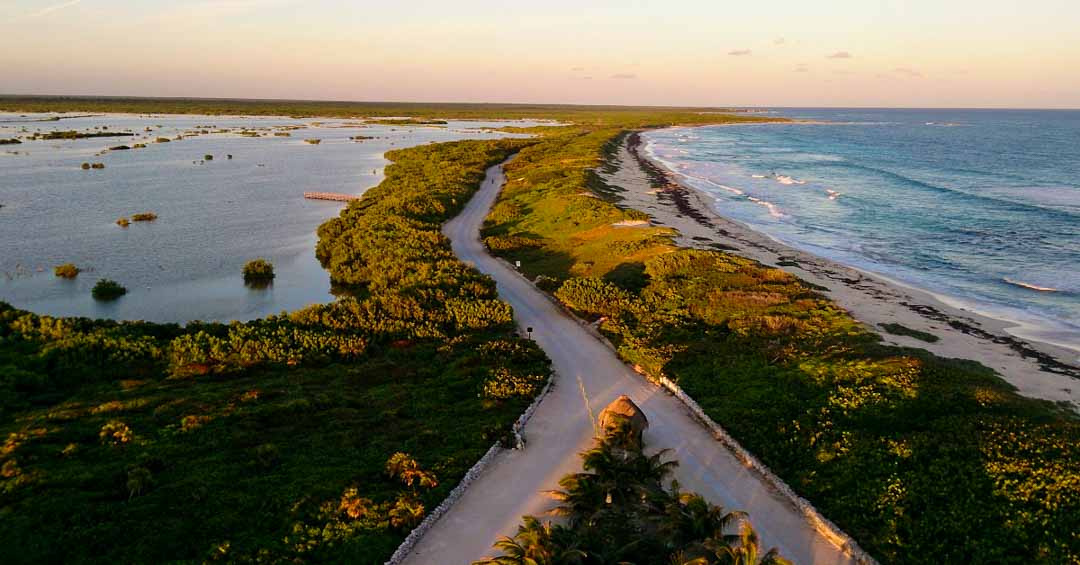
SANTA ROSA WALL & REEF
DIFFICULTY
Advanced
DEPTH
50 to 100 feet ( 15 to 30 meters)
VISIBILITY
Up to 150 feet (45 meters)
ACCESSIBILITY
Boat operator
NOTABLE SEALIFE
Yellow tube sponges, popcorn shrimp, slipper lobster
RENOWNED FOR
Wall, coral structures of up to 40 feet (12 meters)
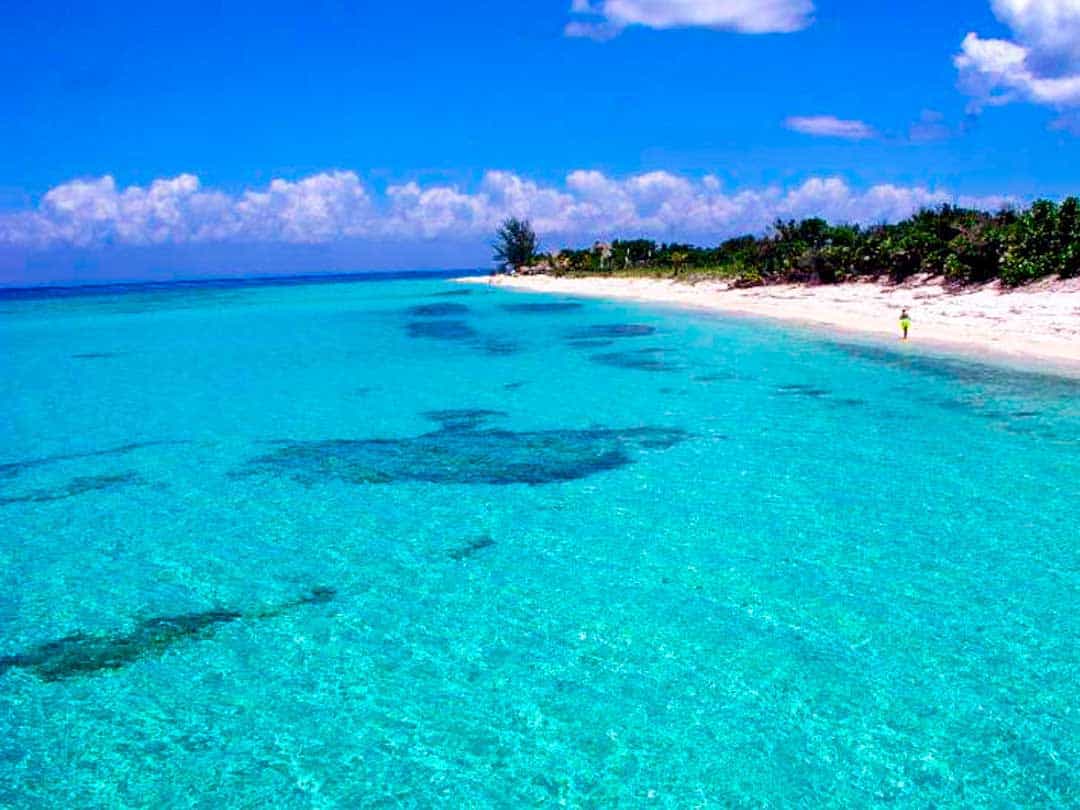
Probably one of the most famous sites in Cozumel, Santa Rosa, with its huge fans, gorgonians, and tropical fish galore, seldom disappoints. The wall drops down to almost 100ft and its sandy bottom continues sloping to over 200ft, but most of the fun happens just at the edge of the wall and on the other side of it, where Santa Rosa Reef lies.
This is one of the most popular dive and snorkel Cozumel snorkeling sites on the island, so an afternoon trip is the best way to experience this magnificent wall full of corals and life. Currents here make it a more advanced site, but they also bring a lot of larger animals such as eagle rays and barracuda. The structure of the wall also features lots of swim-throughs and caves, which makes it a great site for the more adventurous snorkelers.
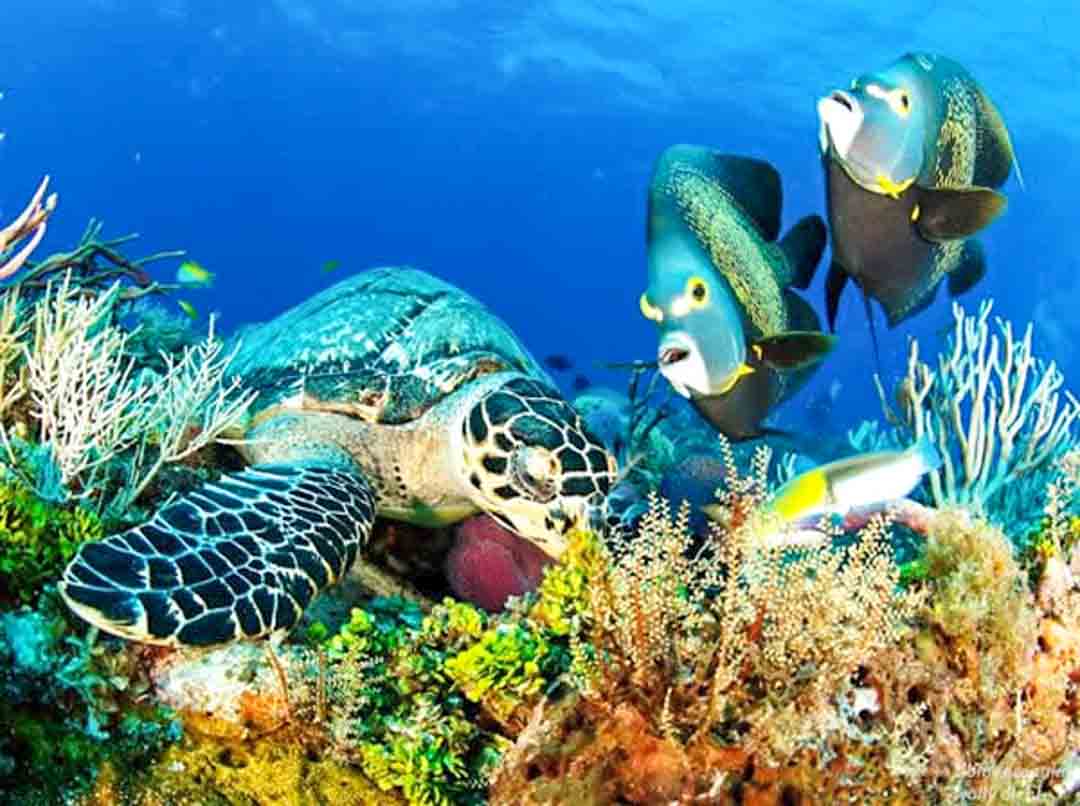
CHANKANAAB
DIFFICULTY
Beginner
DEPTH
45 feet ( 14 meters)
VISIBILITY
100 feet (30 meters)
ACCESSIBILITY
Shore entry
NOTABLE SEALIFE
Juvenile specimens, spotted drum, peacock flounder
RENOWNED FOR
Lifelike underwater sculptures
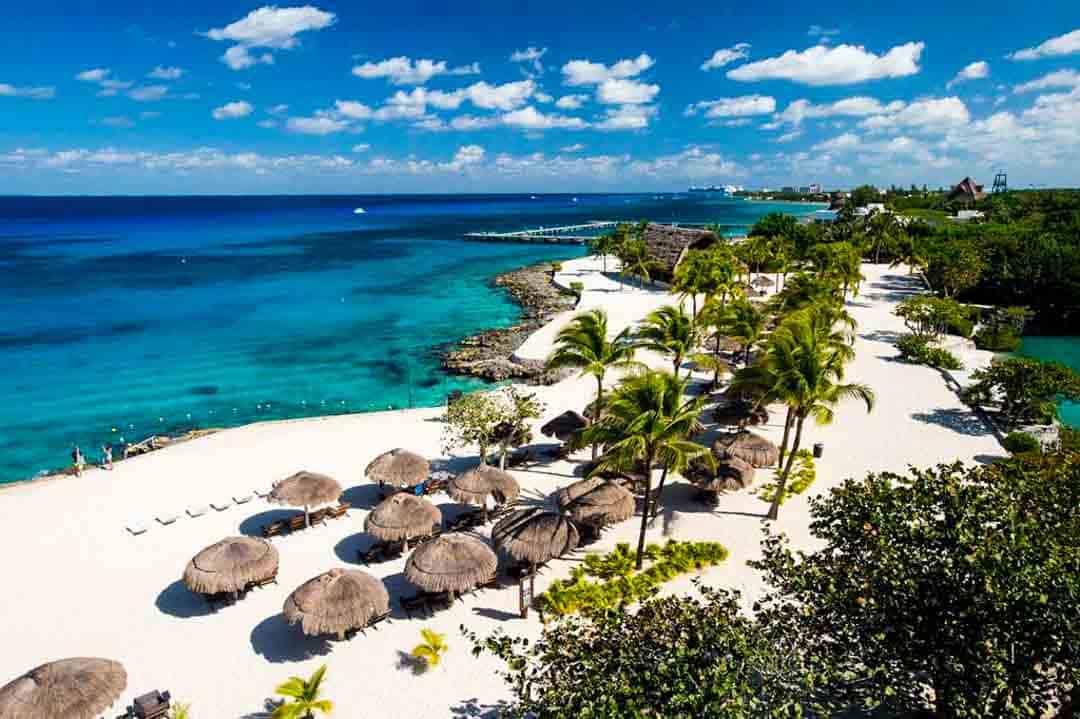
A very comfortable but rewarding Cozumel snorkeling site, Chankanaab is located within the park of the same name and, therefore, features all amenities one could think of for a day of snorkeling and relaxing under the sun. Accessible from the beach, this sheltered site is one of the best places to find juvenile fish since the cool, fresh waters of Chankanaab lagoon feed into the ocean. So, if you’re looking for critters with the likes of the sought-after juvenile drum, peacock flounder, or even a seahorse, this may be your best shot.
The site also has some cool underwater sculptures, which, combined with the lack of current, making it a very interesting and safe place for the whole family.
PUNTA CELERAIN
DIFFICULTY
Beginner
DEPTH
15 feet (5 meters)
VISIBILITY
Up to 150 feet (45 meters)
ACCESSIBILITY
Shore entry
NOTABLE SEALIFE
Sea fans, grunts, triggerfish
RENOWNED FOR
Field of sea fans
One of our favorite and most secluded Cozumel snorkeling sites has to be Punta Celerain. This sheltered and shallow reef off the southern point of the island is not usually visited by scuba divers due to its very shallow profile, which attracts large numbers of fish. The site is accessible from the beach, where you can rent equipment and find several amenities. Upon entry, you’ll find a sea fan reef stretching almost 350ft parallel to the shore.
Turtles, schooling grunts, snapper, and a ton of smaller critters such as nudibranchs, arrow crabs, and shrimp call Punta Celerain their home. The distance from San Miguel de Cozumel makes this a day trip, but the site, as well as the beautiful landscape and plenty of other activities on shore, make this place completely worth it.
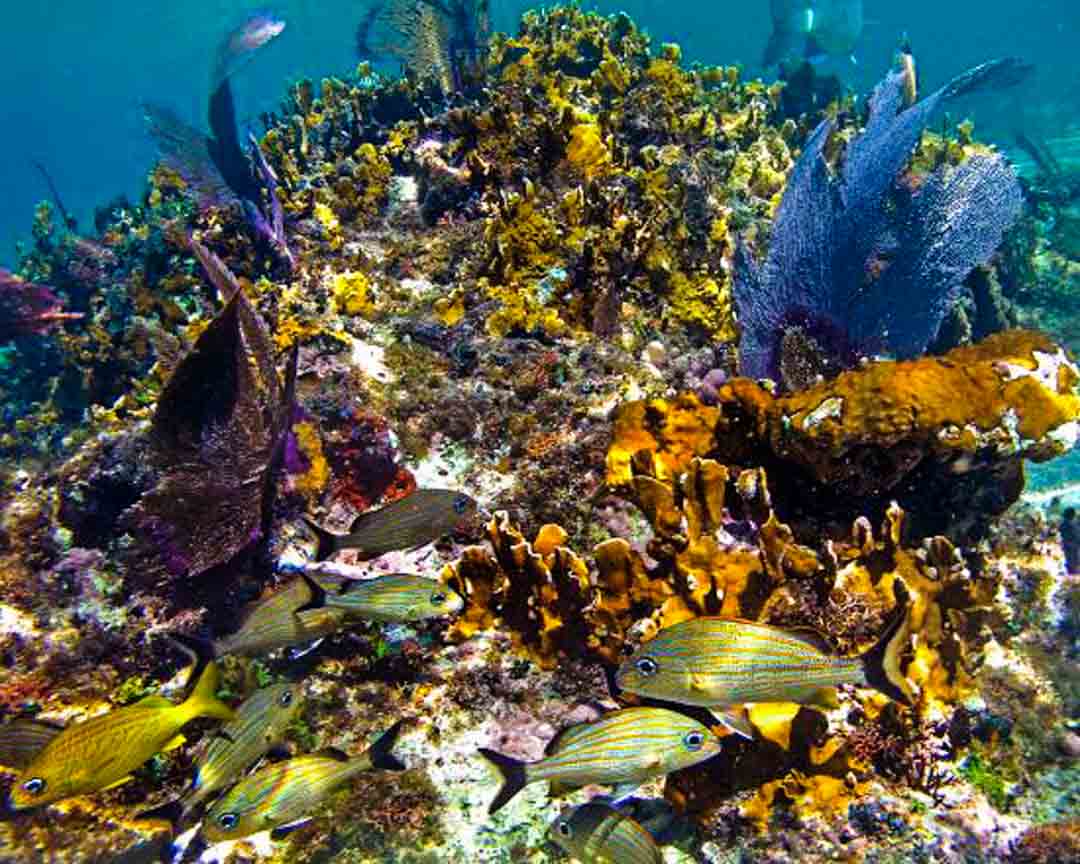
SNORKELING GUIDE
Best Snorkeling in Cozumel
Best Snorkeling Months
- May to end of August
- Cozumel is a year-round destination, but its main problem is the crows, which dissipate in the summer months between May and September; however, it’s advisable to have a look at the forecast, since hurricane season is also between the end of summer and fall.
Rainfall
- September through November
- Hurricane season is the wettest in Cozumel. During this time, the island receives 6.1 in (157mm) of rainfall, but temperatures stay stable and warm between 82 and 90ºF (28 and 32ºC)
Temperature
- December through February have the coldest water temperature
- Water temperature in Cozumel ranges between 75-84ºF (24- 29ºC), with the coldest temperatures happening during the winter months
TRAVELER'S GUIDE
Best Snorkeling in Cozumel
TIME ZONE: GMT-5
CURRENCY: Mexican Peso (MXN)
CALLING CODE: +52
ELECTRIC VOLT: 127V
PLUG TYPE: Flat blade plug (type A and B)
MAIN AIRPORT: Aeropuerto Internacional de Cancún (CUN) & Aeropuerto Internacional de Cozumel (CZM)
NOTABLE UNDERWATER LANDMARKS
Cozumel is famous for its Cozumel Reefs Marine park and is part of the Mesoamerican Reef, the second largest coral reef system in the world. This means that Cozumel offers dramatic underwater landscapes with lots of geological features such as caves, walls, spires, and slopes. The currents that sweep the island from South to North also attract interesting animals, including pelagic animals, such as eagle rays, whale sharks, and even sailfish.
FAQs
Best Snorkeling in Cozumel
What is the best time to visit Cozumel?
Cozumel is a year-round destination with stable and warm weather and water temperatures throughout the year. Similar to the rest of the Caribbean, the island has a hurricane season spanning from the end of summer until fall. The island is a popular touristic destination, so it’s better to avoid busy holidays.
Who offers reliable Cozumel snorkeling tours?
Cozumel has hundreds of operators, so it may be hard to pick a specific one. Avoid falling for those waiting for you on the ferry terminal and look for a knowledgeable guide with high safety standards and excellent knowledge of the island. Cozumel is famous for its currents, so it pays to be with someone familiar with them. Dressel Divers, Deep Blue Cozumel, and Sand Dollar Sports are good options to start with.
Should I go to Cancun or Cozumel?
Deciding to fly to Cozumel or Cancun depends on the departure point. Some airlines like AirCanada and United offer direct flights to Cozumel from the East Coast of the US and Canada, although many of these flights are seasonal. From mainland Mexico, flights to Cozumel depart from Mexico City, Monterrey, and Cancun. Another great, and more accessible, option, is flying to Cancun. Cancun receives hundreds of international flights. You can then take a short bus to Playa del Carmen (which is just a short ferry ride away from San Miguel de Cozumel).
Where is the best snorkeling in Playa del Carmen?
Playa del Carmen also offers magnificent reefs for snorkeling and most are accessible by shore. Some of the cenotes (sinkholes) also offer picturesque snorkeling and will provide an experience you´ll never forget. Playa Akumal and Puerto Morelos in Playa del Carmen are great options for snorkeling.
What are the best beaches in Cozumel to swim?
Cozumel isn’t short on beaches, from north to south, most of the western part of the island offers an array of white sand beaches with beautiful crystal-clear waters. The eastern side is more rugged and wild so, although it is worth it to go and admire the view, swimming and relaxing at the beach is almost impossible. The best beaches are south from the main town, in Punta Sur and Chankanaab parks. For a small fee, you can access and enjoy the beautiful stretches of pristine beach and explore the surrounding lagoons and jungle.
REACH OUT


